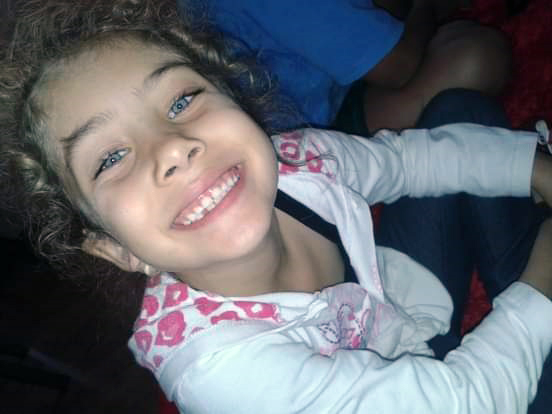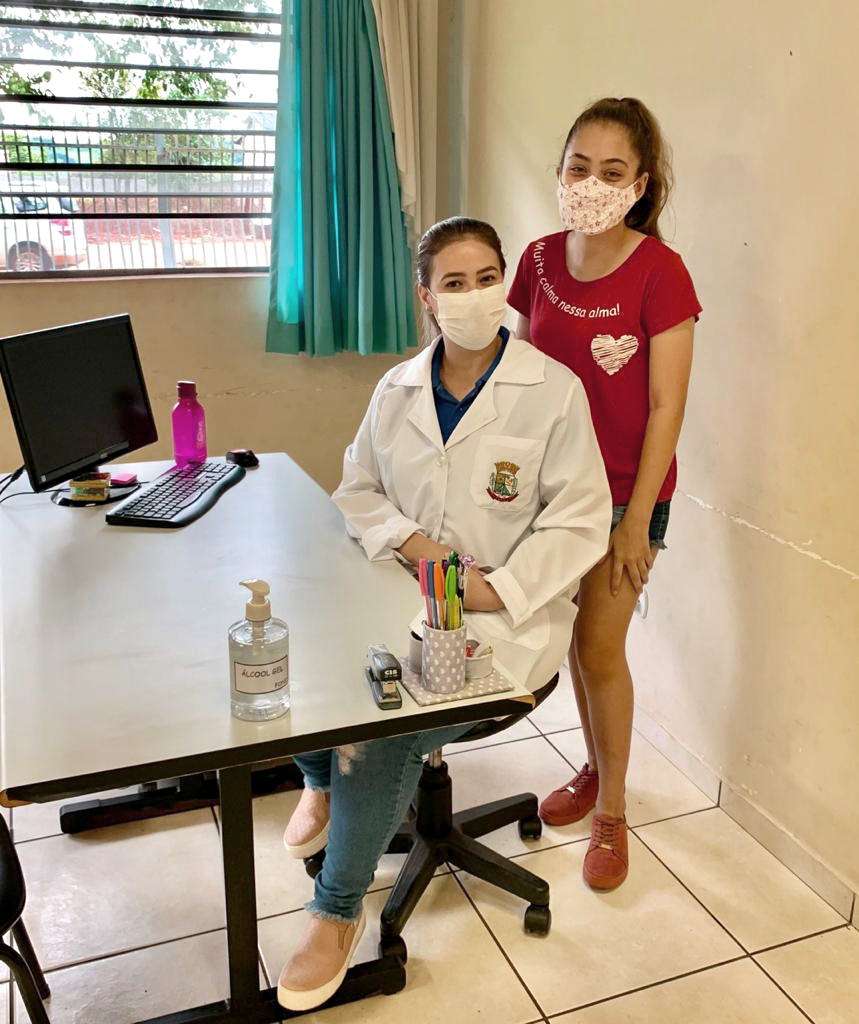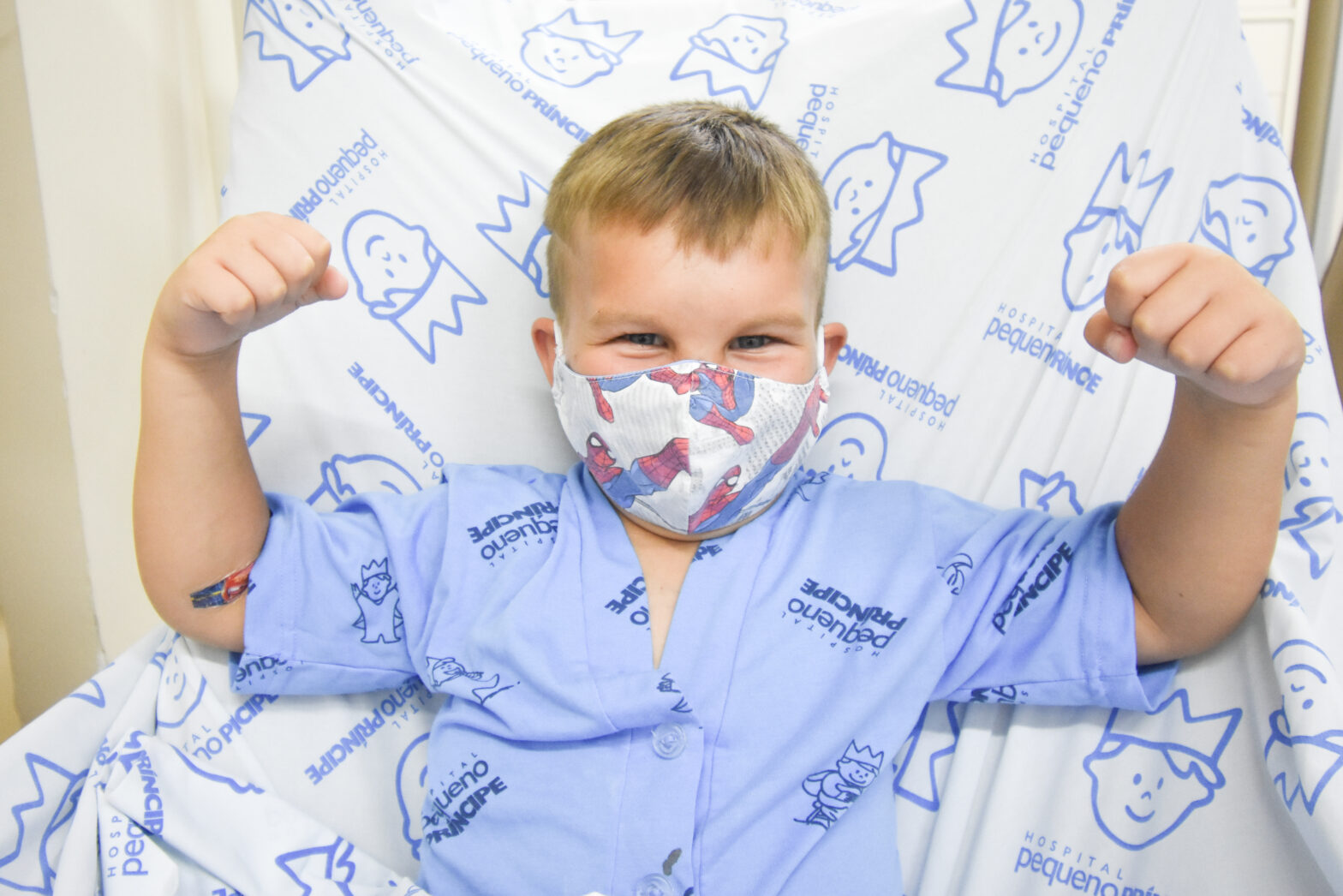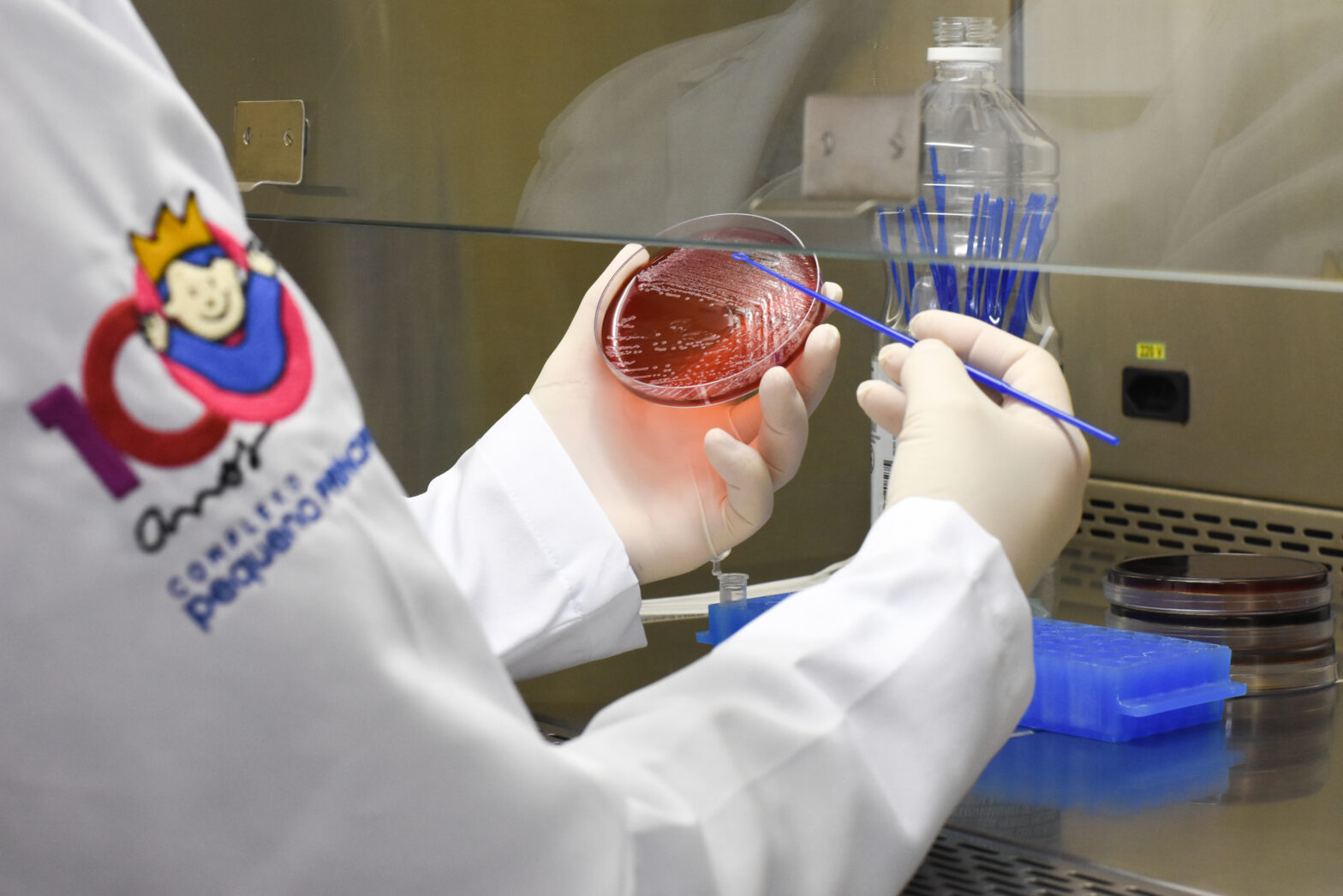Cochlear Implant Service of Pequeno Príncipe turns 10 years old
According to the Ministry of Health, for each thousand children born in Brazil, three present problems related to deaf; procedure is offered by the Public Health System
When Vitória Gabrielly Schmidt de França da Silva was two years old, her teacher noticed she had difficulties to listen. The family decided to look for medical assistance and discovered she had severe deaf. It then started a long battle for a successful treatment. Referenced to Pequeno Príncipe Hospital, Vitória underwent a cochlear implant when she was three years old, the first one accomplish at the institution through the Public Health System.

Today, Vitória is 13 years old and lives an absolutely normal life. Besides the surgery, there were long years of speech therapy, which guaranteed a healthy development of the girl, who now speaks and listens perfectly. “We had the privilege of being the first kid implanted at Pequeno Príncipe Hospital. We all went through a psychological preparation, and it was a time of learning. The team of professionals who took care of her are real angels and provided us all the support needed,” says Nelcimara Schmidt Maia da Silva, the girl’s mother.
The hearing deficiency can have genetic, trauma or acquired diseases background. According to data of the Ministry of Health, of each thousand children born in Brazil, three present hearing problems. The cochlear implant is the most indicated treatment to patients with profound or severe hearing loss and, while making use of ordinary equipment, don’t reach the expected result.
At Pequeno Príncipe we accomplish, approximately, 18 implants every year via Public Health System. “The sooner deaf is diagnosed and the cochlear implant is accomplished, the better will be the benefits to the kid during the hearing and language development process,” highlights the speech therapist of Pequeno Príncipe, Ângela Ribas.
Besides the hearing gain, the possibilities of speech development are also critical for the life quality and communication of the kid with the external world. “From the moment the cochlear implant is accomplished, the child will hear and will stimulate the language areas of the brain. This way, the child has a better condition to communicate, develop the language and express her/himself and increasing the communication with everyone around. To the children who have already learnt the gestural reading, this is of great help to establish the brain link with the oral communication,” highlights the coordinator of the Cochlear Implant Service of Pequeno Príncipe Hospital, Tríssia Maria Farah Vassoler.

Procedure
The cochlear implant surgery consists of inserting in the inner part of the ear an electronic gadget composed by an internal receiver and an electrode. Externally there is another gadget which will connect with the internal part of the implant; it contains microphones to capture sounds and transfer them to the internal part of the implant. This equipment set begins to makes the function of the cochlea, codifying the sounds, transforming the sound signs into electrical impulses and enabling the person to hear.
Pequeno Príncipe Hospital counts on a multiprofessional team and the structure needed to perform the diagnosis, the surgery, the post-surgical follow up and the rehabilitation of the patients. Besides being offered by the Public Health System, the institution performs the procedure for insurance plans and private patients.
Learn more about Vitória’s story.
More
Pequeno Príncipe creates an outpatient clinic for the post-COVID-19 cardiologic follow-up of patients
The purpose is to extend the assistance to other specialties, avoiding the mortality of children and adolescents caused by complications brought by the coronavirus in the medium and long-term
Leukemia research seeks to increase knowledge around the disease
Scientists intend to find markers to help indicate tailored treatments to the disease, increasing the chances of cure








